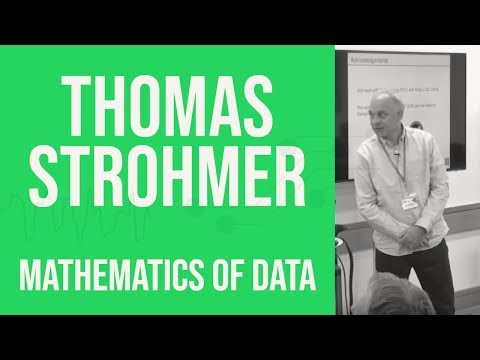Description:
Explore cutting-edge advances in data science mathematics through this 41-minute conference talk by Thomas Strohmer from California University. Delve into unsupervised learning techniques, including diffusion maps and spectral clustering, while examining their applications in data shape analysis, community detection, and graph cuts. Investigate the limitations of k-means clustering and discover alternative approaches like kernel k-means and nonlinear embedding. Learn about Laplacian eigenmaps and their connection to spectral clustering, and understand the mathematical foundations of graph cuts and community detection in stochastic block models. Gain insights into semi-supervised clustering and the challenges of on-device machine learning in the age of surveillance capitalism. Discover compressive machine learning techniques, including compressive classification and deep learning, and their potential applications in edge computing. Conclude with an exploration of structured manifold projection and its initial results on the MNIST dataset, providing a comprehensive overview of current trends and future directions in data science and machine learning.
Read more

Clustering and Classification From the Core to the Edge - Thomas Strohmer, California University
Add to list